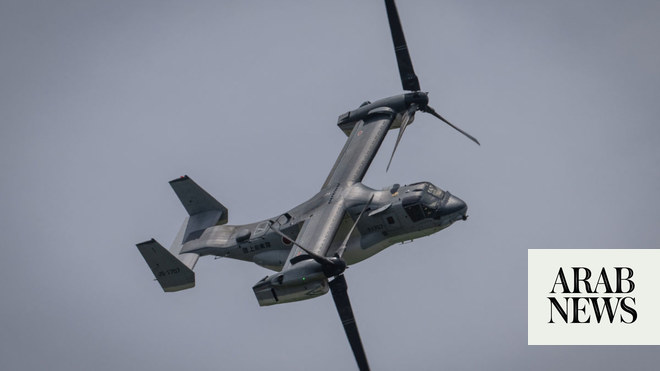
The US Navy has reactivated a fleet responsible for overseeing the East Coast and North Atlantic — an escalation of the Pentagon’s focus on a resurgent Russia and its expanding military presence.
The 2nd Fleet, deactivated in 2011 to preserve funds for new ships, will resume operations in Norfolk on July 1, Chief of Naval Operations Adm. John Richardson told reporters Friday.
“This is a dynamic response to the dynamic security environment,” Richardson said onboard the carrier USS George H.W. Bush. “So as we’ve seen this great-power competition emerge, the Atlantic Ocean is as dynamic a theater as any and particular the North Atlantic, so as we consider high-end naval warfare, fighting in the Atlantic, that will be the 2nd Fleet’s responsibility.”
Navy officials had previously recommended reactivating the fleet as part of broader reviews following last year’s row of deadly collisions among ships in the Japan-based 7th Fleet.
In a separate statement, Richardson invoked Defense Secretary Jim Mattis’s national-defense strategy as key guidance to reestablish the fleet, which will extend halfway across the Atlantic until it meets the area of responsibility for the Italy-based 6th Fleet.
Mattis’s framework, released in January, said “long-term strategic competitions” with Russia and China are the top Defense Department priorities as the Pentagon seeks to pivot away from counterinsurgencies that have consumed funding and exhausted resources since Sept. 11, 2001.
Defense officials and analysts have said those operations took attention away from modernizing the military, allowing Russia and China to close the technological gap with newer and deadlier weaponry.
In that time, Russia has occupied Crimea and Ukraine and provoked a host of hostilities against the West, including cyberattacks and interference in elections in Europe and the United States. That also includes an uptick of Russian submarines prowling for undersea telecommunications cables used by NATO.
The reactivation of the 2nd Fleet signals the Navy’s desire to “operate more powerfully and credibly in the North Atlantic,” Bryan McGrath, a former destroyer commander and deputy director of the Center of American Seapower at the Hudson Institute, said Saturday.
One concern the 2nd Fleet will immediately address: the threat from a now-modest number of Russian nuclear attack submarines capable of cruising in the depths off the East Coast, McGrath told The Washington Post.
Submarines like the nuclear-powered Yasen-class fleet are equipped with hypersonic anti-ship missiles and nuclear-capable missiles that can reach any city on the Eastern Seaboard within range, he said.
Russian submarines can also create a hazard of mines and anti-submarine missiles that would complicate a deployment in support of NATO allies, risking an escalation of tension with US cities in range, he said.
Patrols will likely start soon after and involve manned and unmanned surface ships, attack submarines and air surveillance by P-8 Poseidon aircraft, a sub-hunting warplane.
McGrath also said having a likely three-star vice admiral at the fleet will improve coordination with NATO allies, particularly with Northern Europe and the United Kingdom.
The 2nd Fleet’s reactivation will free up the Navy’s Fleet Forces for its original mission to train and provide forces to commanders worldwide. It had previously assumed responsibility for the fleet’s mission after the 2011 disestablishment.
The move also arrives alongside broader NATO strategies to counter Russia. In a separate announcement Friday, the Pentagon said it proposed a NATO Joint Force Command for the Atlantic in Norfolk. The Washington Post











